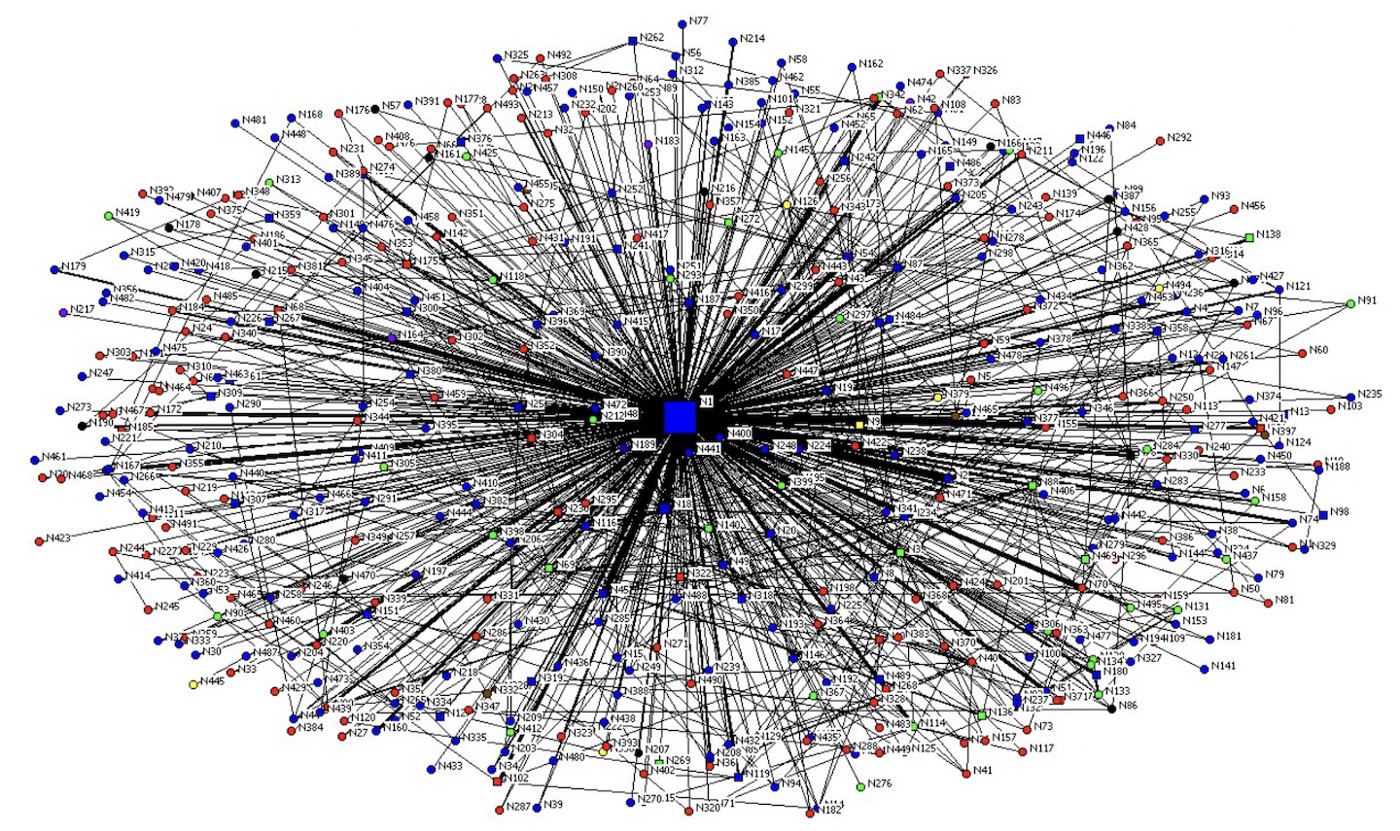Ivory trafficking, transnational organized criminal networks in eastern and southern Africa 2009-2020, and the emerging new threat
DOI:
https://doi.org/10.69649/pachyderm.v63i.506Abstract
Beginning in 2008 the poaching rate of elephants and rhinos began to rise noticeably in eastern and southern Africa. The poaching intensified considerably 2010–2014. Along with the poaching increase, illegal exports of ivory and rhino horn also surged. Pangolin scales and big cat parts were often included with ivory and/or rhino horn exports. The great majority of these products were smuggled to Southeast Asia and China.
To extract in the field or acquire illegally from government stockpiles and transport increasingly large quantities of ivory and rhino horn to exit ports in all four subregions of sub-Saharan Africa required considerable organization and logistical capabilities on the part of the traffickers. The transnational organized crime (TOC) networks became more organized and larger from about 2009 to late 2014, when significant arrests began of key actors. This review describes five of the main networks, key actors in each and their disruption.
These arrests and sometimes prosecutions disrupted the operations of the networks and even caused shifts in some cases of home bases and export ports. These disruptions have resulted in significant declines in poaching rates of both elephants and rhinos and product prices in recent years from the 2011–2015 peak years, although other factors were also at play (see Stiles 2021a, pp. 21-22). There is evidence that some members of the networks cooperated with more than one network in supplying products and enabling export and transport to destinations in eastern Asia, indicating that the networks are fluid and adaptable.
Depuis 2008, le taux de braconnage d’éléphants et de rhinocéros a ostensiblement augmenté dans les régions du sud et de l’est de l’Afrique. Il s’est considérablement intensifié entre 2010 et 2014 et s’est accompagné d’une hausse du commerce illicite d’ivoire et de cornes de rhinocéros. Des écailles de pangolin et diverses parties du corps de grands félins complétaient souvent les exportations d’ivoire et de cornes de rhinocéros. La majorité de ces produits étaient de la contrebande à destination de l’Asie du Sud et de la Chine.
Les extraire en quantités toujours plus grandes sur le terrain ou les acquérir illégalement dans les stocks gouvernementaux, puis les transporter vers les ports de sortie des quatre sous-régions d’Afrique subsaharienne nécessite une organisation et des capacités logistiques considérables de la part des trafiquants. Les réseaux du crime organisé transnational (COT) se sont beaucoup structurés et développés entre 2009 et fin 2014, date à laquelle ont eu lieu les arrestations de certains acteurs clef. Cet article décrit cinq des réseaux majeurs, ainsi que les principaux protagonistes de chacun d’entre eux et les perturbations qu’ils ont connues.
Les arrestations—et parfois les poursuites judiciaires—ont déstabilisé leurs activités jusqu’à, dans certains cas, causer le déplacement des bases d’opérations et des ports de sortie. Les résultats sont significatifs : le taux de braconnage d’éléphants et de rhinocéros a nettement baissé ces dernières années, ainsi que le prix des produits par rapport au pic atteint entre 2011 et 2015, bien que d’autres facteurs soient à prendre en compte. Des preuves ont indiqué que certains membres de ces réseaux coopéraient avec plus d’un groupe pour fournir les marchandises et permettre l’exportation vers des destinations en Asie de l’Est, montrant la fluidité et l’adaptabilité de ces organisations.
Une nouvelle section de COT émerge actuellement dans les régions du sud, de l’ouest et du centre de l’Afrique. Il est urgent de lancer des investigations afin d’identifier les acteurs clefs et entraver le commerce pour éviter le retour des massacres de pachydermes.

Downloads
Published
How to Cite
Issue
Section
License
Copyright (c) 2022 Daniel Stiles

This work is licensed under a Creative Commons Attribution-NonCommercial 4.0 International License.



